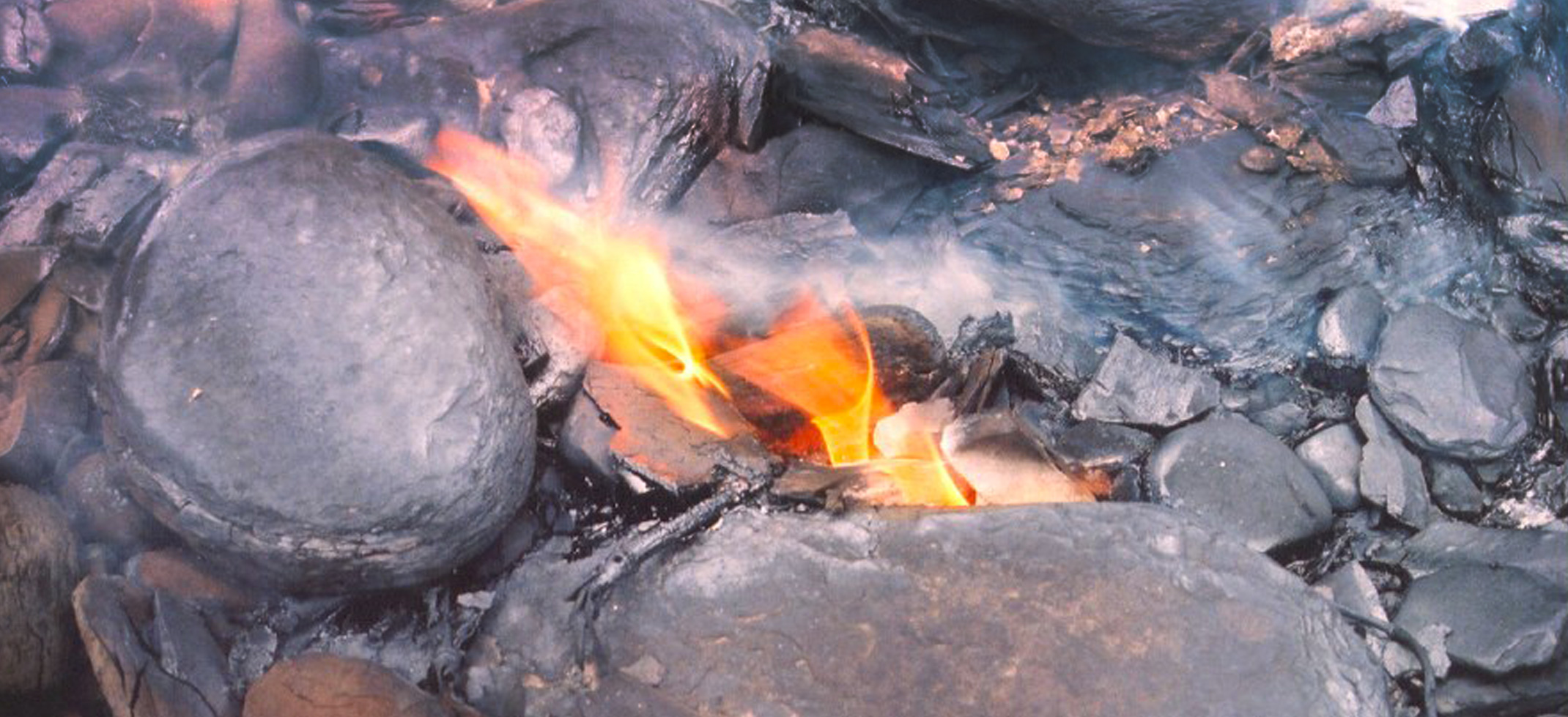Pyrolysis, hydrogenation, or thermal dissolution convert the organic matter in the rock (kerogen) in oil and synthetic gas. The resulting oil can be used immediately as a fuel or enriched to meet the specifications of the raw materials of the refineries by adding hydrogen and eliminating impurities such as sulfur and nitrogen. Refined products can be used for the same purposes as those derived from crude oil.
The major global producers of oil shale have published their yields to their commercial activities. The Fushun Mining Group reports to produce 300,000 tons of oil shale per year from 6.6 million tons of shale, a yield of 4.5% by weight. The VKG Oil claims to produce 250,000 tons of oil per year to 2 million tons of shale, a yield of 13%. Petrobras produces at its plant in Petrosix 550 tons of oil per day to 6,200 tons of shale, a yield of 9%.
The global reserves of technically recoverable shale oil have recently been estimated to be about 2.8 to 3.3 trillion barrels, with the largest reserves in the US, which is expected to have 1.5 to 2.6 trillion barrels. Italy also have considerable reserves estimated at 73 billion barrels of oil shale in the basin tripolitico of oil shale in Sicily. The main producers are Estonia, Brazil and China.
The exploitation of oil (and gas) shale opened considerable possibilities regarding the size of the available reserves, allowing the United States to achieve the goal of energy independence, albeit at a huge price, and not yet fully assessed, in the field of ‘environment. This has led 30 December 2014 the liberalization of the American legislation regarding export of petroleum products. The development of oil and gas shale largely explains the US growth from 2011, since the exploitation of the reserves gave a real boost to the industry, but the environmental cost has indeed prompted several states to introduce more stringent rules.
More information: http://www.heatexchanging.com






